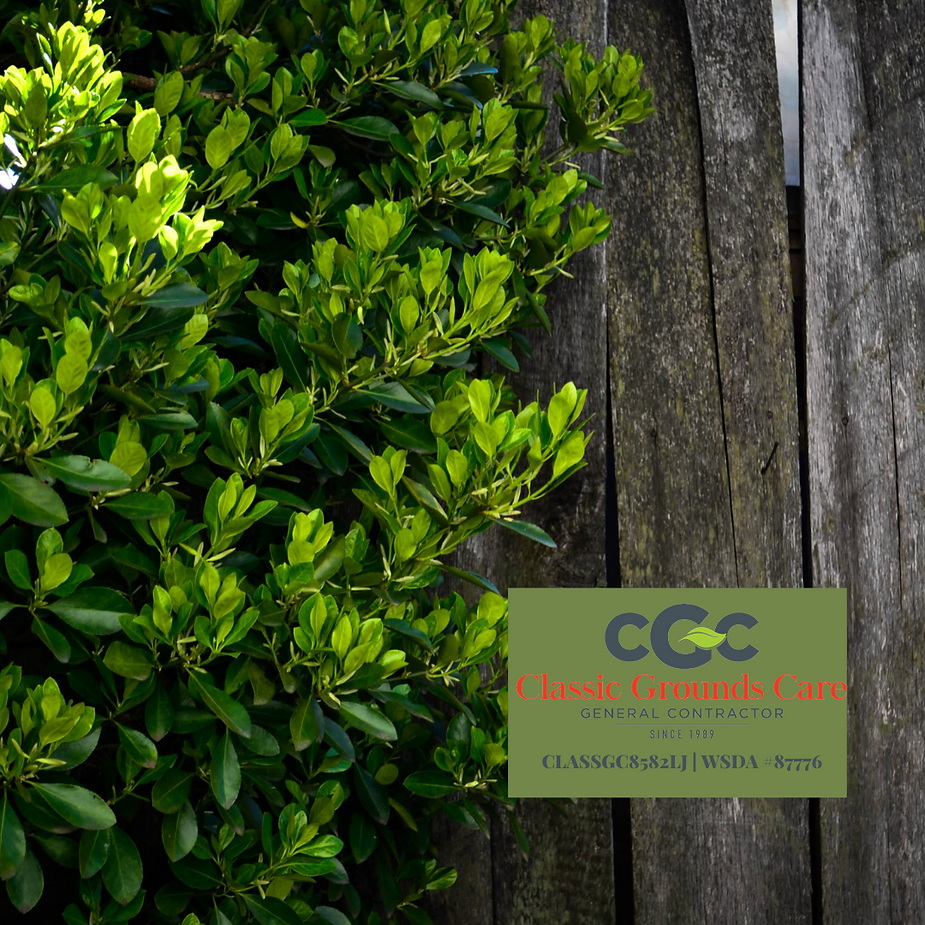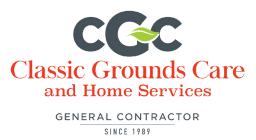
Most of the time, it’s as simple as trimming the bushes and mowing the lawn. Sometimes, though, things have gotten out of control and you’re left deciding how to clear your overgrown land. Here is some information that you need to know to clear brush from your backyard, from the best hand tools and power tools to laying out a plan for cleaning up your yard. And, when the task it too large for you, we can help!
Getting Ready to Clear Your Overgrown Land
Check out your land. You wouldn’t build a home without blueprints and a game plan, and clearing brush from your yard should be no different.
While you don’t need a map of your backyard, you do need to walk through and determine the best way to clear the brush and undergrowth. Mark any trees you want removed and note areas that appear particularly thick in overgrowth. It’s also a good idea to note any spots of your yard that might be hard to work on such as swampy or rocky terrain or overgrowth intertwined with a fence.
Plan for Brush Removal. Depending on the scope of your project, your weekly trash collection might not be able to handle cleanup. Or, you might not want to wait to clear the brush until it coincides with your area’s next brush collection day. Consider some alternate strategies such as composting, a yard waste dumpster rental or hiring a professional, such as Classic Grounds Care to handle your clean up and take it away. This way you don’t have to depend on your trash collection schedule to schedule your lawn clean up.
Gather your tools. There’s one thing for certain when it comes to cleaning brush; you’ll need some tools. Whether you plan on clearing brush by hand or using power tools, there are a variety of instruments available to help you out. Remember, don’t lock yourself in on either hand or power tools. It will probably take a mix to get your project done. Think, chainsaw, stump grinder, string trimmer/weed whacker, ax, shovel, bow saw, tree pruner, scythe/machete and rake…always be safe! You will need eye protection, gloves, long-sleeved shirts and pants, helmet, heavy duty trash bags, spare dirt or topsoil. IMPORTANT! If you are not comfortable or trained to use these tools, hire us to do the duty. We are trained professionals with the appropriate tools already on hand.
You’ve put together a plan, gathered your tools and now you’re ready to start clearing your backyard. But where do you start? The general rule of thumb is to start big and work down to the small.
Cut Down the Trees. In the prep section, you marked the trees you wanted to cut down. Here’s the last chance for you to change your mind, as tree removal is the first thing that needs to get done.
IMPORTANT! Removing small trees is simple enough to do by yourself. However, medium and larger sized trees can be dangerous to take out without proper equipment. Call us to take down those bigger trees!
To cut down a small tree: mark the trunk around about a foot above the ground. Cut at a 45-degree angle using either an ax or chainsaw until you’re about a third of the way through the trunk. Make sure you’re cutting into the side that you would like the tree to fall toward. Cut a 45-degree wedge on the other side of the tree, slightly higher than your cut on the opposite side. This cut should go about halfway through the trunk. Push the tree from the side where you made your second cut. If the tree does not fall, use your bow saw to continue your cut until the tree begins to fall. Repeat as needed for the smaller trees you need to fall.
Now, what to do about those stumps? With the trees cut down, stumps need to be removed to completely clear your land of brush. There are plenty of way to go about it, but it all depends on the size and quantity. You can use a shovel to dig them out. This works with smaller stumps that have a shallow root system. Expose the roots by digging, then use an ax or pruning shears to cut the stump loose. Next, pull the stump out of the ground. Use a stump grinder to discard the stumps. This works well for small stumps with a stubborn root system as well as medium to large stumps with shallow roots. Grinders can often be rented from home improvement stores at an hourly rate, plus deposit. Whether you use a shovel or stump grinder, be sure to fill in the hole with dirt or topsoil as that you have a flat surface. Using a stump grinder can be dangerous. Remember that we are professionals and are happy to help.
Remove shrubs. With the trees cut down, the next move is to get rid of any mid-to-large shrubs. Depending on the size, some may be able to be removed by hand, while others will require a shovel in order to dig out the roots. If may be helpful to prune back some of the smaller branches or sections of a shrub in order to make digging it out easier. To remove the shrubbery, simply pull them out or trim them with a tree pruner. Then, use a shovel to get the stump and roots out. You can save your self some time and headache and call us to remove the shrubs that are taking up precious space in your backyard.
Clear Out the Undergrowth. Once larger items are cleared, it’s time to get into the thick of things. Tall grass, weeds, small shrubbery and vines are still in the way, so it’s time to bust out your string trimmer/weed whacker, scythe/machete and tree pruner, put on those safety goggles and get to work! SAFETY TIP: It you haven’t been wearing long pants and a long sleeved shirt up to this point, now it the time to put them on. They will help protect your skin from plants such as poison ivy and oak that might be hidden.
To remove vines and weeds, cut thicker vines and brambles with a tree pruner and toss them aside, then pull any larger weeds out at the base. This last part is simple. Cut the remaining vegetation using your string trimmer or scythe. You want to cut as close to the ground as you can. If the overgrowth is particularly high, cut it down in sections. Starting about halfway down on the first pass then trim it to the ground on the next pass. If the brush you need to trim is particularly thin, you can use a lawnmower to take care of the step. However, you may need to clean out the deck of your mower more often. PRO TIP: As you trim, be sure to keep an eye out for any shrubs or thicker vines you may have missed while thinning out the brush.
Dispose of Debris. The end is in sight. It’s time to grab your rake and finish cleaning the brush. There’s really no right or wrong way to rake up the trimmed brush. Just remember that the brush will need to be disposed of, so make sure you create piles with your disposal method in mind – whether that be a compost pile, your weekly trash collection, a yard waste dumpster or a local farm (they LOVE compost) and will typically take your yard debris off your hands for free.



